Zennox Telescope How To Use ?
To use a Zennox telescope, first set it up on a stable surface or mount it on a tripod. Adjust the tripod legs to ensure stability. Next, attach the eyepiece to the telescope by inserting it into the focuser. Use the finder scope to locate an object in the sky that you want to observe. Align the finder scope with the main telescope by adjusting the screws until the object is centered in both scopes. Once aligned, look through the eyepiece and use the focus knob to bring the object into sharp focus. You can also adjust the magnification by using different eyepieces. Experiment with different settings and objects to get the best viewing experience. Remember to handle the telescope with care and avoid touching the lenses or mirrors to prevent damage.
1、 Assembly and Setup of Zennox Telescope
The Zennox telescope is a popular choice for amateur astronomers looking to explore the wonders of the night sky. If you are new to using this telescope, it is important to understand the assembly and setup process to ensure a successful stargazing experience.
To begin, carefully unpack all the components of the Zennox telescope and lay them out on a flat surface. The main components typically include the telescope tube, tripod, eyepieces, and any additional accessories that may have come with your specific model.
Start by attaching the tripod to the telescope tube mount. Ensure that the tripod legs are fully extended and securely locked in place. Next, attach the telescope tube to the mount by sliding it into the mounting bracket and tightening the screws to hold it in place. Make sure the telescope is balanced and level on the tripod.
Once the telescope is assembled, it's time to attach the eyepiece. Choose the appropriate eyepiece based on your desired magnification and insert it into the focuser at the back of the telescope tube. Secure it in place by tightening the thumbscrew.
Now that the telescope is set up, it's important to align it properly. This can be done by using the finderscope, a small telescope mounted on top of the main telescope tube. Look through the finderscope and adjust the alignment screws until the object you are focusing on is centered in both the finderscope and the main telescope.
Finally, it's time to start observing the night sky! Use the slow-motion controls on the mount to track celestial objects as they move across the sky. Experiment with different eyepieces to achieve different levels of magnification and explore the wonders of the universe.
Remember, practice makes perfect when it comes to using a telescope. Take your time to familiarize yourself with the controls and experiment with different settings to get the best viewing experience. Happy stargazing!

2、 Focusing and Adjusting Zennox Telescope
Focusing and Adjusting Zennox Telescope
Using a Zennox telescope can be an exciting and rewarding experience for both beginners and experienced astronomers. To make the most of your telescope, it is important to understand how to properly focus and adjust it for optimal viewing.
1. Set up the telescope: Start by assembling the telescope according to the manufacturer's instructions. Ensure that the tripod is stable and the telescope is securely attached.
2. Align the finder scope: The finder scope is a smaller telescope mounted on top of the main telescope. Align it with the main telescope by pointing it at a distant object and adjusting the screws until the object is centered in both scopes.
3. Choose your eyepiece: Zennox telescopes usually come with multiple eyepieces of different magnifications. Select the eyepiece that best suits your viewing needs. Higher magnification eyepieces are ideal for observing distant objects, while lower magnification eyepieces provide a wider field of view.
4. Rough focus: Start by using the focusing knobs to achieve a rough focus. Look through the eyepiece and adjust the focus until the image becomes clearer.
5. Fine-tune the focus: Once you have achieved a rough focus, use the focusing knobs to fine-tune the image. Make small adjustments until the object appears sharp and clear.
6. Adjust the tracking: If your Zennox telescope has a motorized tracking system, ensure that it is properly aligned with the object you are observing. This will allow the telescope to automatically track the object as it moves across the sky.
7. Experiment with different settings: Don't be afraid to experiment with different eyepieces, filters, and settings to enhance your viewing experience. Each object may require different adjustments to achieve the best image quality.
It is important to note that the specific instructions for focusing and adjusting a Zennox telescope may vary depending on the model. Always refer to the manufacturer's manual for detailed instructions specific to your telescope.
In conclusion, mastering the art of focusing and adjusting a Zennox telescope is essential for obtaining clear and detailed views of celestial objects. With practice and experimentation, you can unlock the full potential of your telescope and embark on a fascinating journey through the cosmos.

3、 Understanding Zennox Telescope's Magnification and Field of View
Understanding Zennox Telescope's Magnification and Field of View
The Zennox telescope is a popular choice among amateur astronomers due to its affordability and ease of use. To make the most of your Zennox telescope, it is important to understand its magnification and field of view capabilities.
Magnification refers to how much larger an object appears when viewed through the telescope compared to the naked eye. The Zennox telescope typically comes with multiple eyepieces, each providing a different level of magnification. To use the telescope, start by attaching the desired eyepiece to the telescope's focuser. The eyepiece's focal length will determine the magnification level. A shorter focal length will result in higher magnification, while a longer focal length will provide a wider field of view.
It is important to note that while higher magnification may seem desirable, it can also result in a narrower field of view and reduced image brightness. Finding the right balance between magnification and field of view is crucial for a satisfying viewing experience. Experimenting with different eyepieces and focal lengths will help you determine the optimal magnification for different celestial objects.
The field of view refers to the area of the sky that can be seen through the telescope. A wider field of view allows for a broader perspective and is particularly useful for observing large objects such as the moon or star clusters. The Zennox telescope's field of view can be adjusted by using different eyepieces or adding a focal reducer.
In recent years, advancements in technology have led to the development of computerized telescopes that offer automated tracking and alignment features. While the Zennox telescope does not have these advanced capabilities, it remains a reliable and user-friendly option for beginners and casual stargazers.
In conclusion, understanding the magnification and field of view capabilities of the Zennox telescope is essential for maximizing your viewing experience. Experimenting with different eyepieces and focal lengths will help you find the right balance between magnification and field of view. Remember to consider the latest advancements in telescope technology when making your decision.

4、 Observing Celestial Objects with Zennox Telescope
Observing Celestial Objects with Zennox Telescope
The Zennox telescope is a powerful tool that allows you to explore the wonders of the night sky. Whether you are a beginner or an experienced astronomer, this telescope can provide you with a unique and immersive experience. Here is a step-by-step guide on how to use the Zennox telescope to observe celestial objects.
1. Set up the telescope: Start by assembling the telescope according to the instructions provided. Make sure to mount it on a stable surface and ensure that it is properly balanced.
2. Align the finder scope: The finder scope is a smaller telescope attached to the main one. Align it with the main telescope by focusing on a distant object during the day. This will help you locate celestial objects more easily.
3. Choose your target: Decide which celestial object you want to observe. It could be the moon, planets, stars, or even deep-sky objects like galaxies or nebulae.
4. Focus the telescope: Use the focusing knobs to adjust the focus until the object appears clear and sharp. This may require some trial and error, especially when observing objects at different distances.
5. Track the object: Once you have located your target, use the slow-motion controls to track its movement across the sky. This will help you keep the object in view for a longer period of time.
6. Use additional accessories: Depending on your preferences and the object you are observing, you may want to use additional accessories such as filters or eyepieces to enhance your viewing experience.
7. Take notes and learn: As you observe celestial objects, take notes on what you see and try to identify different features. This will help you develop your knowledge and understanding of the night sky.
It is important to note that the Zennox telescope is a tool that requires practice and patience to master. The more you use it, the better you will become at locating and observing celestial objects. Additionally, staying updated with the latest astronomical discoveries and advancements can enhance your overall experience and understanding of the universe.
In conclusion, the Zennox telescope is a fantastic instrument for observing celestial objects. By following these steps and continuously learning about the night sky, you can embark on a fascinating journey of exploration and discovery.
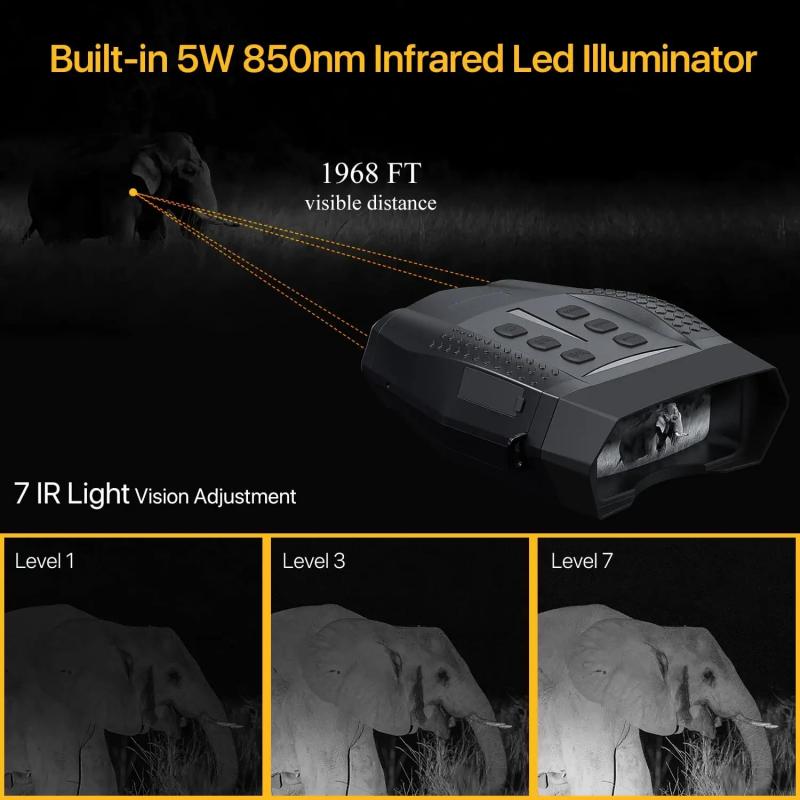

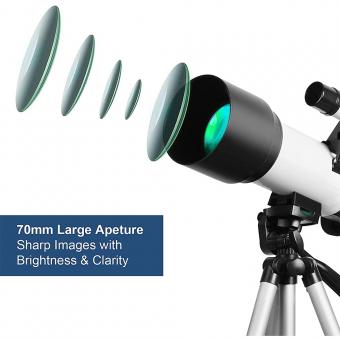






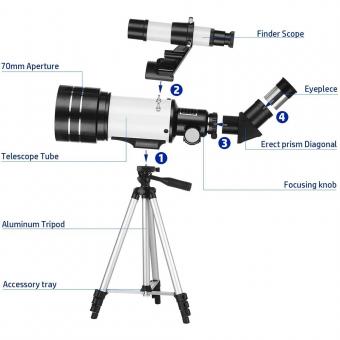
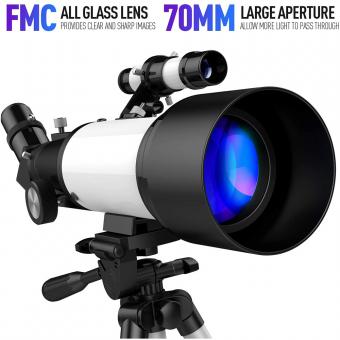

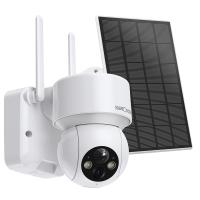
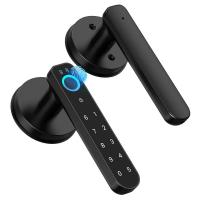
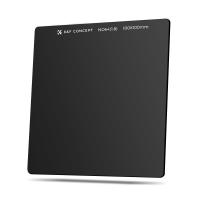
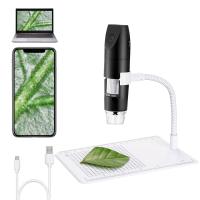
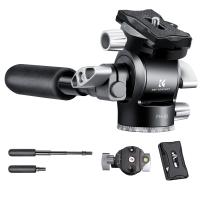


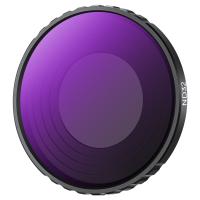


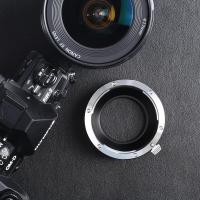
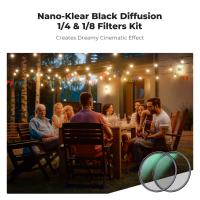
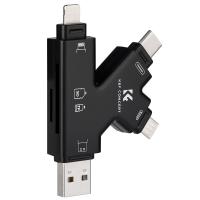
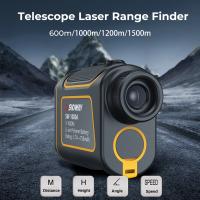

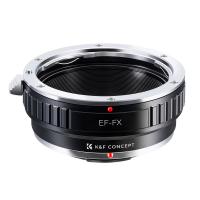

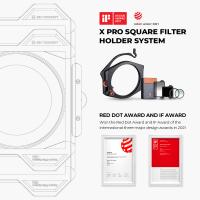

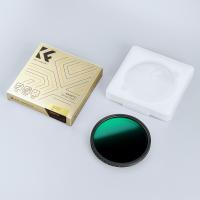
There are no comments for this blog.